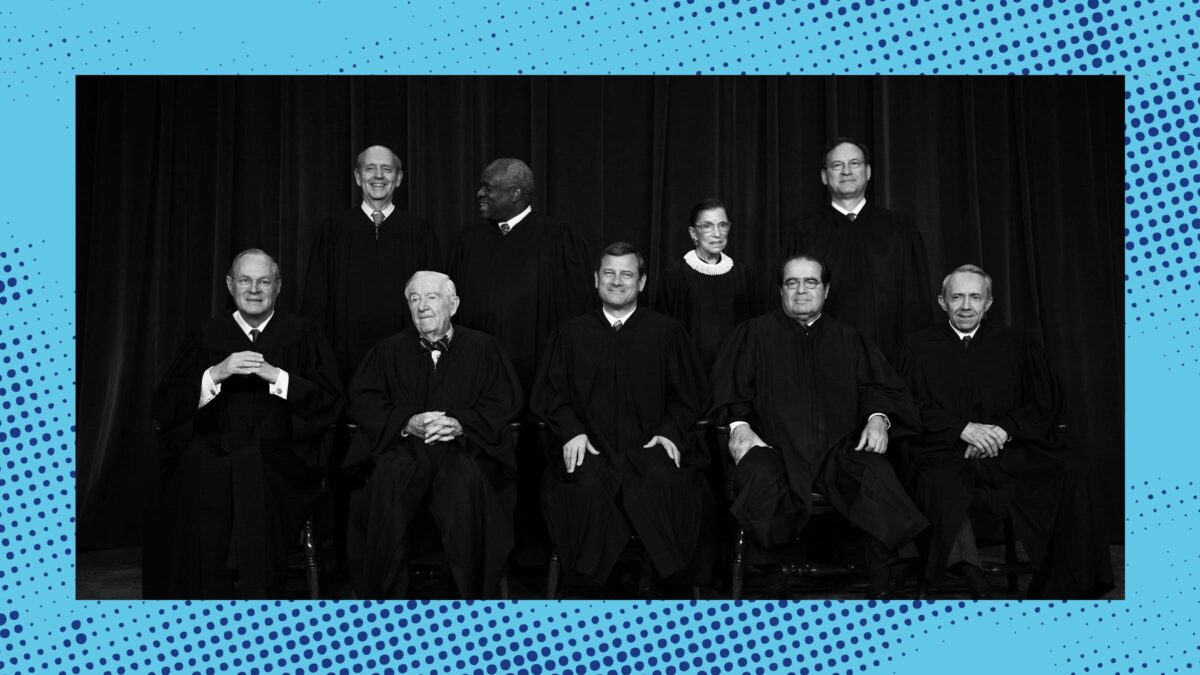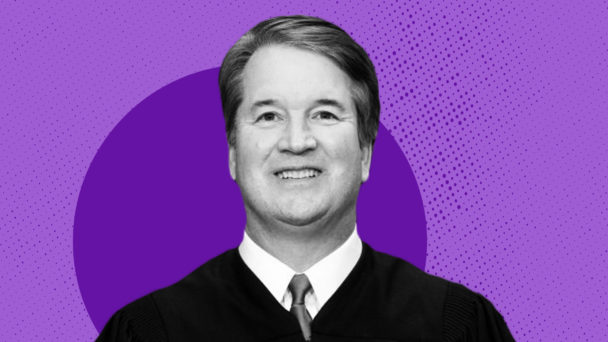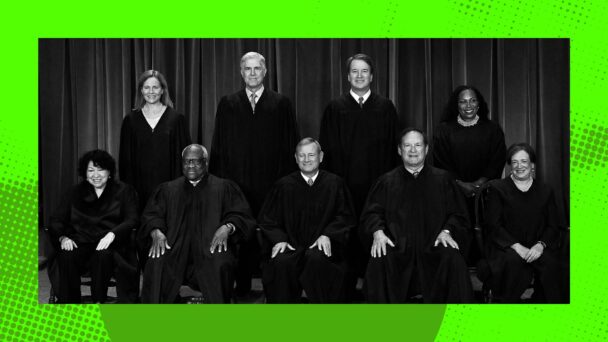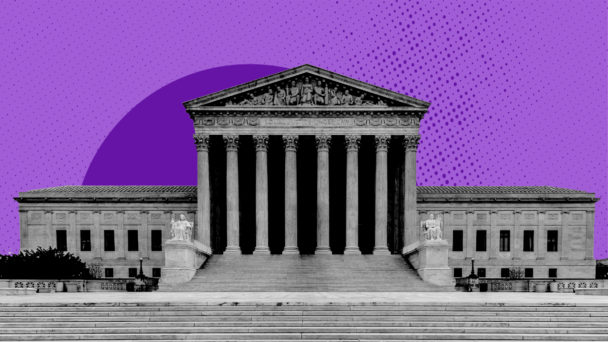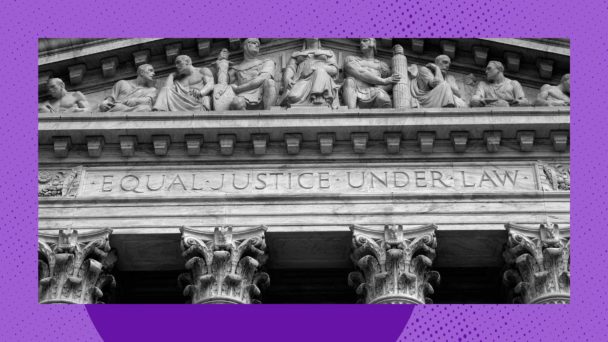The Supreme Court issued an order on Monday morning that allows President Donald Trump to remove Rebecca Slaughter from the Federal Trade Commission without cause, in direct violation of federal law and roughly a century of Supreme Court precedent. As with the Court’s other recent shadow docket orders overriding lower courts and upending existing law, Trump v. Slaughter does not explicitly say much—it’s literally only two sentences long. But the Court’s message is clear: The Trump administration is not bound by law, and lower court judges should stop acting as if it is.
The FTC is a federal agency created by Congress in 1914 to protect the public from unfair business practices. To safeguard the agency’s independence—and to keep its focus on the economic interests of the public, not just the president—Congress established that commissioners like Slaughter would serve seven-year terms, and could only be fired for “inefficiency, neglect of duty, or malfeasance in office.”
In 1933, President Franklin D. Roosevelt fired FTC Commissioner William Humphrey anyway. Humphrey sued, and the White House argued that commissioners’ removal protections unconstitutionally interfered with the executive power of the president. The Supreme Court did not agree: In Humphrey’s Executor v. United States, the Court unanimously upheld the tenure protections, and found it “plain under the Constitution that illimitable power of removal is not possessed by the President.”
In light of Humphrey’s Executor, Trump v. Slaughter should be a case of judicial déjà vu. Slaughter was fired without cause from her position as an FTC commissioner, like the plaintiff in Humphrey’s Executor. The president who fired her claimed that for-cause removal restrictions unconstitutionally interfered with his executive power, like the defendant in Humphrey’s Executor. So, each of the lower courts to consider the issue ruled against the president, like the Supreme Court in Humphrey’s Executor.
“Unless the Supreme Court expressly overrules Humphrey’s Executor, this court will not usurp the Supreme Court’s prerogative to overrule one of its own precedents,” wrote federal district court Judge Loren AliKhan in June. She concluded that the removal protections “remain constitutional, as they have for almost a century.”
Last week, the Trump administration asked the D.C. Circuit Court of Appeals to block AliKhan’s ruling. There, too, the court said it would not “defy binding, on-point, and repeatedly preserved Supreme Court precedent.” Instead, the two-to-one judge panel wrote in a per curiam opinion, “we take the Supreme Court at its word.” Apparently, that was a mistake.
Conservative justices have chipped away at the edges of Humphrey’s for decades—saying that it doesn’t count in some circumstances because a given agency has too much executive power, or it shouldn’t count in others because an agency has too few directors. But its central holding has remained good law for 90 years, until now. As it turns out, the conservative legal movement was tired of waiting, and had the votes to finish the job.
In more and more decisions, the Supreme Court is overruling lower court judges who are literally just applying the law as it is written, and has long been interpreted by the Court. Justices Neil Gorsuch and Brett Kavanaugh are even scolding judges for not preemptively treating precedents as overruled. Roberts’s order in Slaughter is again telling judges not to do as the Court does, or to do as the Court has said, but to do what everyone knows the Court wants to say. And increasingly, what the Court wants to say is, “Whatever Trump wants goes.”
